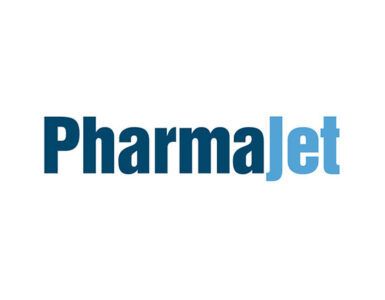
3D Signatures (TSX-V:DXD; OTCQB:TDSGF; FSE:3D0) has successfully completed internal analytical assay validation for its Hodgkin’s lymphoma (HL) test (Telo-HL) according to FDA guidelines.
Assay validation of Telo-HL included validating the consistency of key reagents and the reproducibility and repeatability of the locked protocol. This process is referred to as stage 2 of the validation program. Assay validation was completed on schedule.
Powered by the company’s proprietary TeloView software platform, Telo-HL stratifies HL patients at the point of diagnosis into non-relapsing and relapsing patients. Relapsing patients may then be considered for alternative treatments at the time of diagnosis rather than waiting until they have failed multiple rounds of standard chemotherapy. There is currently no biomarker available that can predict patient response to standard chemotherapy in HL patients.
The company expects Telo-HL to benefit patients seeking personalized treatment while also providing significant cost savings to payers and insurers from expensive treatments and procedures that may not be necessary if patients could be considered for more targeted and effective therapies at the outset.
“The data collected during this validation stage confirms that the Telo-HL assay is reproducible according to FDA guidelines for clinical quantitative assays,” Dr. Oumar Samassekou, VP of clinical technology, said in a statement.
“We are ready and excited to launch the clinical trial to develop and finalize the scoring model for Telo-HL,” he added. “This will establish a score to delineate relapsing from non-relapsing patients at the time of diagnosis, before they begin first-line chemotherapy.”
The clinical trial will begin in the coming weeks and include an analysis of 250-to-300 retrospective HL patient samples that match the targeted prognostic criteria for the test. A statistical scoring model will also be developed and finalized from the data collected during the clinical trial, which is expected to be complete in less than five months.





